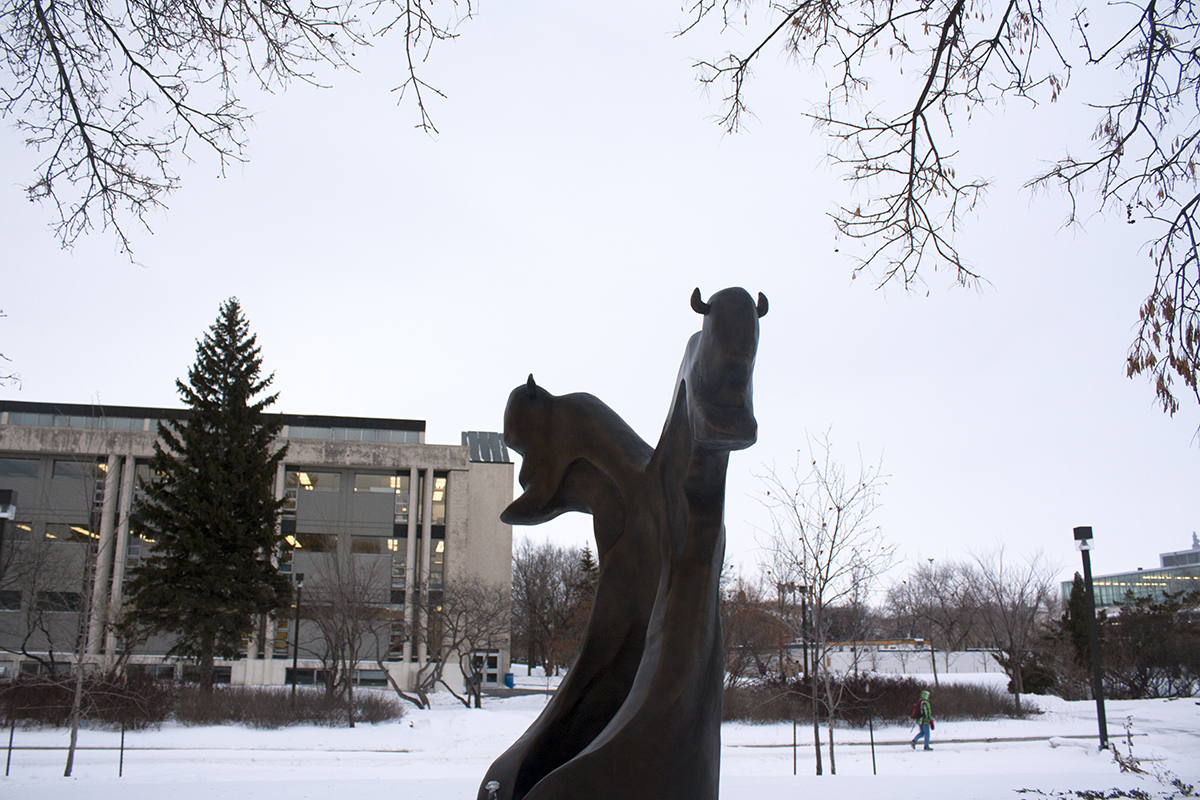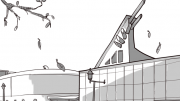The Olympics have come and gone. And now the Paralympics are over as well. Amid all of the controversy, calamity and triumph, there is a legacy from the 2010 winter games that is just beginning to grow.
As part of Vancouver’s bid to host the Olympics, the Aboriginal Youth Sports Legacy Fund (AYSLF) was created in the winter of 2002, seven years before the Olympic games actually materialized in Canada. The fund was a result of a multi-lateral agreement between the Vancouver 2010 Bid Corporation, the province of British Columbia, the Squamish First Nation and the Lil’wat First Nation.
The mandate of the AYSLF is to “support programs which encourage B.C.’s aboriginal youth to participate in physical activity and sport.” This has translated into grants for Aboriginal athletes and community sport programs, as well as the establishment of the First Nations Snowboard Team (FNST). Established in 2004, the goal of the FNST is to “use sport to create a legacy of healthy, physically active youth who strive for personal excellence.” In 2007 the FNST received its certificate of incorporation as the Aboriginal Snowboard Association (ASA) and is completely Aboriginal-run.
The FNST offers recreational snowboard instruction to First Nations youth and also has a high-performance snowboarding team. Members receive free use of equipment and passes to cooperating mountains. Beginning as a group of 10 Aboriginal riders, the FNST has grown dramatically in the last few years and now trains more than 200 youth from over 12 nations across B.C.. This program is obviously a success, but not only because of its numbers. What makes the FNST even more remarkable is the Athlete Agreements that team members must sign and adhere to.
The agreements are comprehensive and include cultural obligations. Recreational snowboarders must commit to being drug-, alcohol- and smoke-free, a C+ average must be maintained in school, athletes must be in good community standing and 90 per cent of training sessions must be attended in order to stay on the team. In addition to those responsibilities, the high-performance athletes must also commit to volunteer for 10 days with the Junior Elite snowboarding program, must attend cultural training and team building dates and athletes must wax their boards before competitions.
There is also a very good chance that the boards that the FNST wax the night before competitions are custom-designed with Aboriginal art and symbolism. For instance, the design on “the challenger” high performance snowboard features a “trans swirl [which] represents the sky and symbolizes the idea of getting into a spiritual place or to focus [. . .] Coast Salish eyes symbolize being watched by the creator, ancestors, community, family, friends and you.” There is also “the legacy” recreational snowboard, which is also rich with symbolism: “Thunderbird represents supernatural, greater than ourselves, the eagle is the vision to carry out your goals.”
With self-discipline, commitment, respect and cultural pride set as the foundation of the FNST, hopefully it will not be long before we see these athletes on the Olympic podium.




